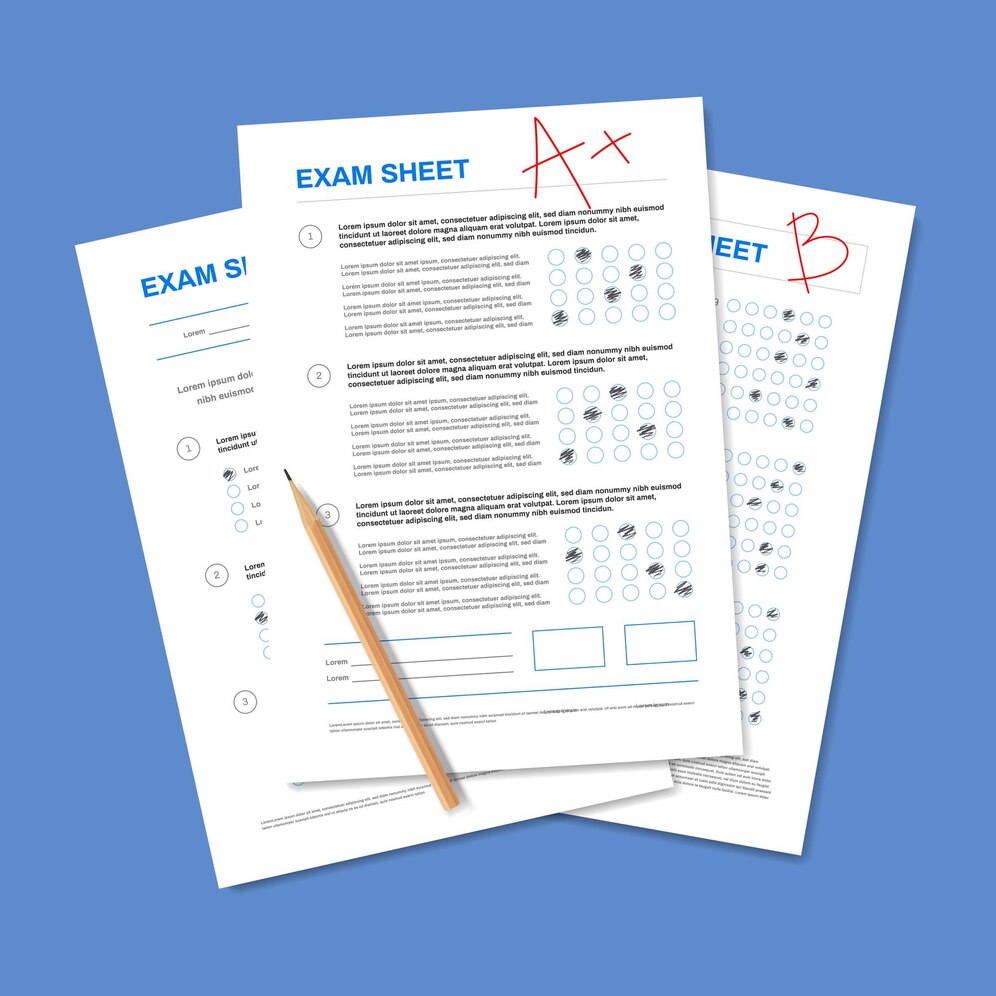When approaching the CELPIP Writing Task, it’s crucial to have effective strategies in place to ensure a strong performance. Analyzing sample responses can be an excellent way to understand what makes a successful essay and to identify areas for improvement. Here are some strategies for analyzing sample responses:
- Understand the Task: Make sure you thoroughly understand the requirements of the task. Identify the type of essay you’re expected to write (e.g., persuasive, descriptive, narrative) and the specific instructions provided.
- Identify Key Components: Break down the sample responses into their key components, such as the introduction, body paragraphs, and conclusion. Pay attention to how each part is structured and how they contribute to the overall coherence and effectiveness of the essay.
- Evaluate Organization and Structure: Assess how well the sample responses are organized and structured. Look for clear thesis statements, well-developed paragraphs with topic sentences, and logical transitions between ideas. Consider the overall flow of the essay and whether it effectively leads the reader from one point to the next.
- Assess Language Use: Evaluate the language use in the sample responses, including vocabulary choice, sentence structure, and grammar. Look for varied and appropriate vocabulary, complex sentence structures, and accurate grammar and punctuation. Pay attention to the tone and style of the writing and consider how it contributes to the overall effectiveness of the essay.
- Consider Content and Development: Analyze the content and development of the sample responses. Look for relevant and compelling examples, evidence, and arguments that support the main points of the essay. Consider how well the writer addresses the prompt and whether they provide sufficient detail and explanation to fully develop their ideas.
- Identify Strengths and Weaknesses: After analyzing the sample responses, identify their strengths and weaknesses. Consider what aspects of the essays are particularly effective and what areas could be improved. Use this analysis to inform your own writing and to focus on areas where you need to strengthen your skills.
- Practice Writing: Finally, use the insights gained from analyzing sample responses to practice your own writing. Write practice essays using similar prompts and apply the strategies you’ve learned to improve your writing skills over time.
By carefully analyzing sample responses and applying effective writing strategies, you can improve your performance on the CELPIP Writing Task and increase your chances of achieving a high score









